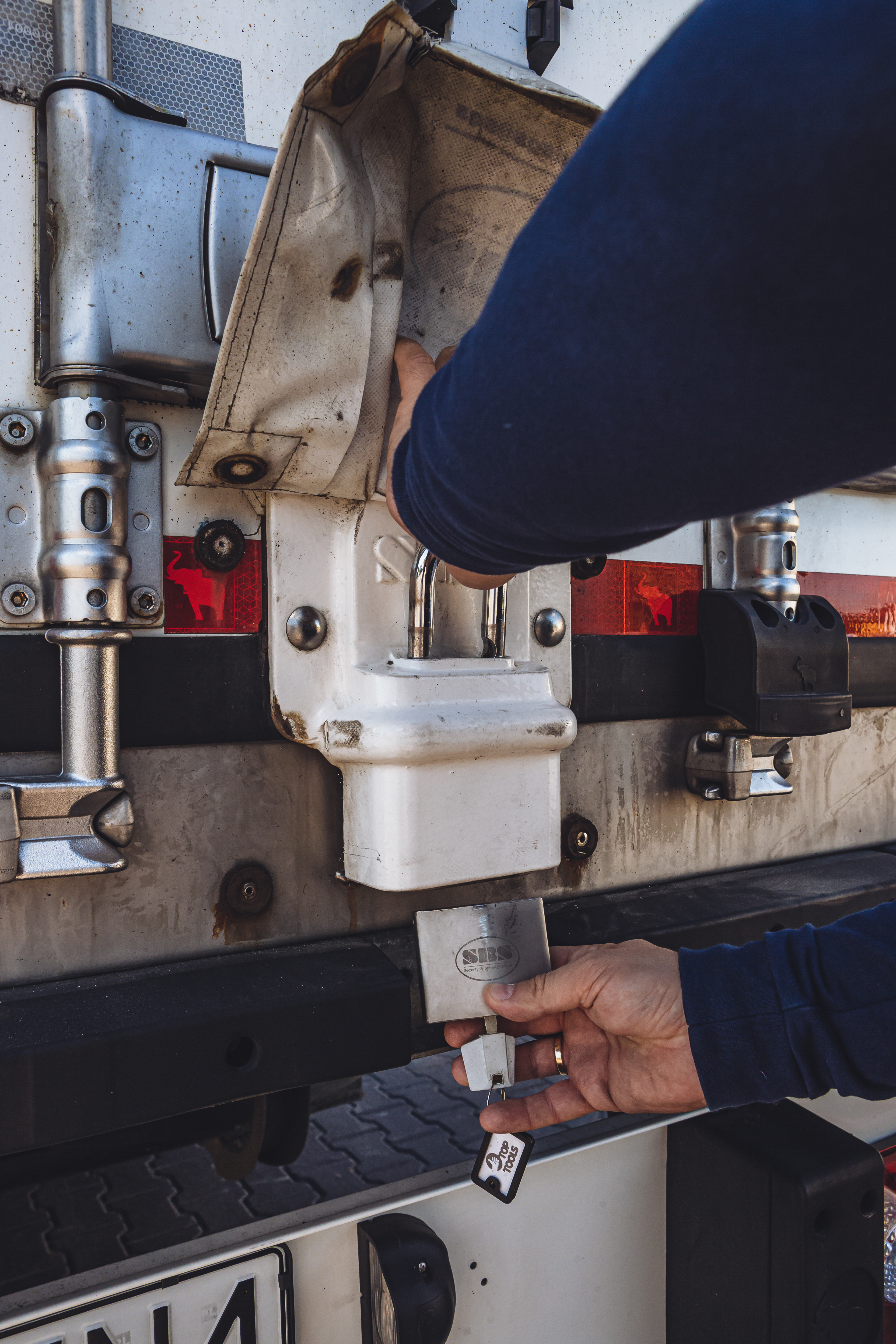Transport of medicines in accordance with TAPA TSR1 - minimizing the risk of medicine theft from the supply chain
Due to their value, drug transports can be classified as high-risk transports. Transported goods require the highest safety standards, which is supported by the TAPA TSR guidelines.
Why is safety in pharmaceutical transport important?
TAPA's theft statistics clearly show that the number of road theft incidents is constantly increasing. In 2022, TAPA published data showing that the number of thefts recorded in 2022 amounted to over 10,000 incidents, of which over 20% were thefts of goods directly from vehicles.
When transporting medicines, you must be aware of the risk of theft of goods and the consequences of reintroducing stolen goods into the supply chain. When transporting medicines, the most important thing is to ensure appropriate transport conditions, including the required transport temperature. Any change in transport conditions may negatively affect the quality of medicines, which may pose a threat to the health or life of the recipient of the goods, i.e. the patient.
So how can you minimize the risk of goods theft when transporting medicines?
What is TAPA?
The transport of medicines imposes requirements on supply chain participants to ensure appropriate conditions for the transport of medicines, i.e.:
- transport of pharmaceuticals at the appropriate temperature,
- appropriate air humidity,
- protection of medicines against the harmful effects of external conditions,
- protection against mechanical damage.
However, it is very important to pay special attention to the safety of pharmaceuticals.
High-value goods, which include medicines, must be properly protected against theft and interference by third parties from the moment of production to the final recipient.
In response to the constantly increasing risk of goods theft, the TAPA association was established in 1997, one of whose goals is to prevent losses in the supply chain of high-value goods. Trucking Safety Requirements (TSRs) are designed to protect products transported by land and ensure the safety of drivers and vehicles.
We distinguish 3 safety classes:
- level 1 – increased level of security,
- level 2 – moderate security protection,
- level 3 – basic security protection.
The best security in the transport of medicines is the carrier's selection and implementation of the TAPA TSR1 standard, which is the most demanding but also best minimizes the risk of goods theft.
What distinguishes TAPA transports
Transport of medicinal products in accordance with the TAPA TSR guidelines imposes specific requirements on the carrier, which include:
- appropriate vehicle equipment,
- provision of required security alarms,
- training of personnel involved in the transport of high-value goods,
- route planning based on risk analysis and safe parking policies.
To ensure the safety of pharmaceuticals, it is necessary to ensure that the products are transported intact from the point of shipment to the point of receipt.
Vehicles transporting medicines – equipment compliant with TAPA TSR1

Picture 1. SBS lock on the trailer
Vehicles used to transport medicines in accordance with level 1 of the TAPA TSR guidelines must meet not only the requirements regarding maintaining the appropriate temperature, but also a number of safety requirements.
One of the basic conditions for safe transport is a GPS system that enables the generation of virtual vehicle movement corridors. Using the list of safe parking lots, virtual fences are set up from which a given vehicle cannot leave. Each time you leave the vehicle, an alarm is generated, the monitoring center is informed and procedures are initiated in accordance with the response protocol.
An important issue in vehicle equipment are alarms about unauthorized opening of the refrigerator door and the tractor, both audible and informing the monitoring center via telematics systems.
Specific requirements set by the TAPA TSR guidelines regarding security alarms require the carrier to have a specialized telematics system that will inform, among others: about:
- loss of GPS signal,
- power failure,
- battery status of the tracking device,
- attempts to tamper with the tracking device.
Personnel involved in the transport of pharmaceuticals in accordance with TAPA TSR 1

Picture 2. Certification of the training
Ensuring the highest level of drug transport services involves periodic staff training. In order for the transport of medicinal products to be carried out in accordance with the highest safety standard, consistent with TAPA TSR1, it is necessary to ensure staff training in the field of security in the supply chain.
Pharmaceutical route planning based on TSR1 requirements
The basis for planning drug routes in accordance with TAPA TSR 1 is route planning based on risk analysis. You should choose routes that have not had any security incidents and are close to authorized parking lots. For each route involving goods covered by TSR1 guidelines, a route plan must be prepared, safe parking lots must be found and a safety password must be established. After loading, it is necessary to set up a virtual vehicle movement corridor and set all security alarms.
Driver safety in high-risk transport
When transporting high-value goods, you must ensure the driver's safety. Candidates for transporting medicines should be properly trained. An important element of the driver's equipment is a manual containing the necessary instructions and protocols for responding in the event of a security incident. In the event of an emergency, drivers must be able to inform the monitoring center. The answer to this are safety buttons - pannic buttons, which are installed in driver's cabins but also in mobile devices, in the event of an emergency situation when the driver is outside the cabin.
Transport of medicines in accordance with TAPA TSR 1 in the example
In response to the constantly increasing risk of goods theft, we make sure that our transport of medicinal products is based not only on good distribution practice (supplemented by pharmaceutical law), but also on the highest safety standards in accordance with the requirements of TAPA TSR 1. To ensure safe transport of medicines, our cold stores have an advanced electronic system that allows not only temperature monitoring, but also online tracking of the shipment 24/7 and setting a number of alarms informing, among others: about the loss of the GPS signal, attempts to sabotage it or the battery status of the tracking device. Every driver and employee involved in the transport of high-value goods undergoes initial and continuing training. The drug transport route is planned based on a prepared route plan and a list of safe parking lots. Drivers know safety words in case a safety incident occurs.
Summary
Transport theft statistics show that the risk of a security incident increases from month to month. To prevent this, it is best to choose carriers that have implemented the TAPA standard.
If you are looking for a carrier that ensures the transport of medicines at the required temperature, compliant with the highest level of safety TAPA TSR 1 - write or call: jakub@eltrans-tsl.pl, +519 756 785
Author of the article: Małgorzata Łazowska


